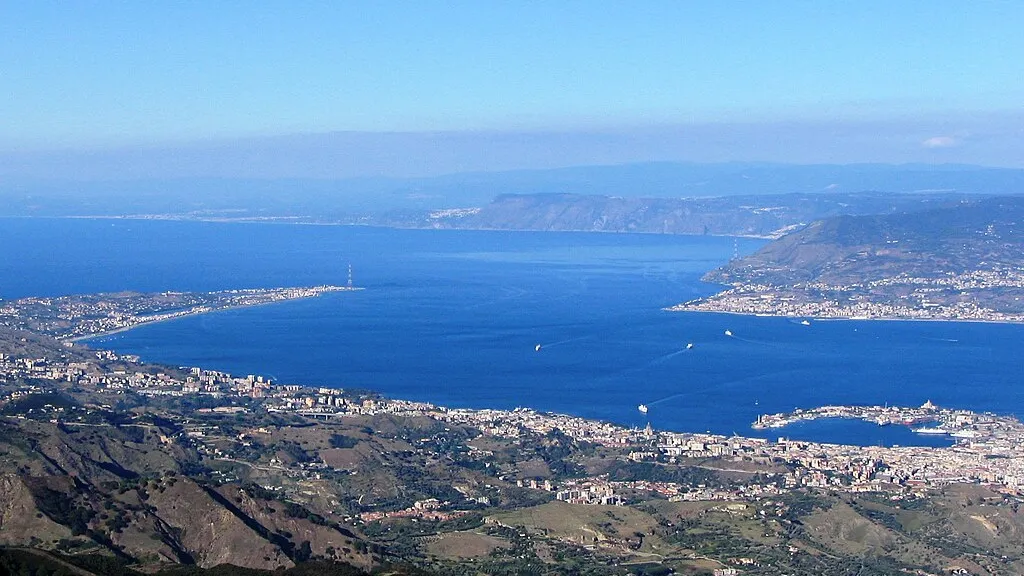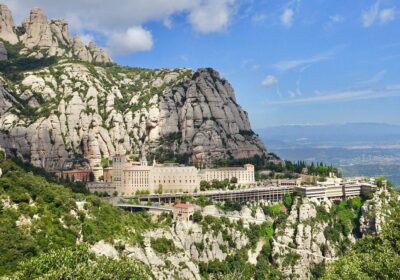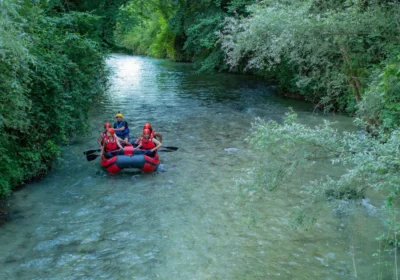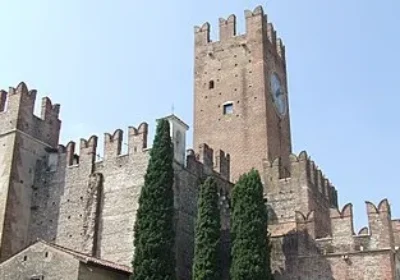Messina and Tindari city tour.
Messina is located in the north-eastern part of Sicily. It is the third largest city on the island, known for its ancient history and amazing resilience, vibrant culture and delicious cuisine. Messina is often referred to as “the door of Sicily”, as it occupies a unique strategic position between the Tyrrhenian and Ionian Seas.
A devastating earthquake and tsunami in 1908 destroyed much of the historical sites, and during World War II the city was heavily bombed. However, like a phoenix, Messina has continually risen from the ashes, rebuilding itself and preserving its rich history.
Messina has very interesting churches, unlike those of mainland Italy. They have a wonderful blend of Norman, Arabic, Byzantine, Gothic and Byzantine styles that make them airy, monumental and unusual.
Messina Cathedral is the main church of the city. The first church building was erected in 530 AD. When Sicily came under Arab rule, the church became a mosque for two centuries. An earthquake in 1908 left nothing of it.
The cathedral was rebuilt in the twenties, but in 1943 it was severely damaged by bombing. That is why many of the decorative elements of the landmark (sculptures, Byzantine mosaics), are copies of the original works, which failed to survive. The cathedral organ is the second largest in Italy and the third largest in Europe. The main decoration of the building is a huge astronomical clock, designed in 1933 by the Strasbourg firm Wigerer.
The Basilica of St Francis is the second most important temple. The construction of the church began in 1254, 28 years after the death of St Francis, at the request of the nobles of the town. The church was so important for the town that for a long time nobles were buried there. In 1377, for example, Federico IV of Aragon, ruler of the Kingdom of Sicily, found his final resting place here.
The Church of the Annunciation of the Catalans is a landmark almost unaffected by the 1908 earthquake. The building only sagged a metre and a half into the ground due to changes in the terrain. This is why, looking at the church, it looks as if it has sunk into the ground. The church appeared at the end of XII century on the place of the temple dedicated to Neptune. The church looks unusual for Sicily: there are very few Gothic buildings here.
The Church of St John of Malta – its history began in 540, when St Benedict of Nursia sent a young monk Placido to Messina to found a monastery and church of the Benedictine order. It was erected on the site of a former Roman necropolis. Six years later Placido died under torture at the hands of a pirate who demanded that the monk renounce his faith.

















